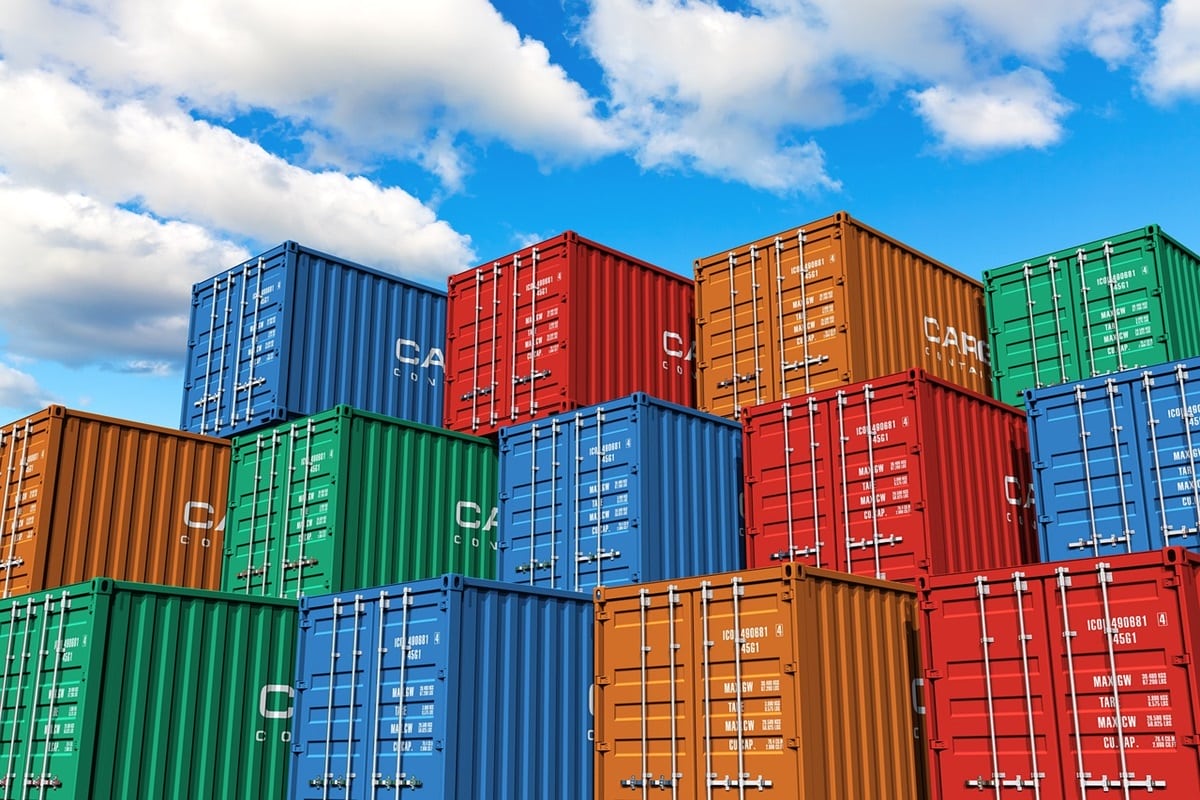In December, South Korean exports showed an acceleration in growth, exceeding preliminary market expectations and ending 2024 with record indicators, as evidenced by trade data released on Wednesday, January 1, which does not negate the risks relevant for 2025.

The volume of shipments of goods from South Korea to other countries of the world increased by 6.6% last month compared to the figure recorded for the same period in 2023. It is worth noting that in November, the exports of this Asian country grew by 1.4%. Economists polled by the media predicted that the mentioned indicator would increase by 4% in December.
It is worth noting that South Korean exports have been on an upward trajectory for the 15th month in a row. In this case, it implies an increase in the indicator on an annual basis. December’s growth in shipments of products from South Korea to other countries turned out to be the fastest since September, following several months of slowdown in the upward dynamic due to concerns about the tightening of the tariff policy of the United States. The mentioned risk has become more realistic as a prospect of the foreseeable future after Donald Trump’s victory in the November US presidential election. He has repeatedly declared his intention to raise tariffs on imported goods.
South Korean Trade Minister Ahn Duk-geun stated that the government of this country would team up with the private sector to minimize any negative impact of external uncertainty from the new United States administration and maximize new opportunities.
After winning the presidential election, Donald Trump confirmed his intention to raise tariffs on imported goods, mentioning countries such as Canada, Mexico, and China in the appropriate context. It is expected that the imposition of these measures will have a sensitive impact on South Korean companies that run factories in the specified countries. Experts also note that the increase in tariffs by Washington will become a factor of tension in the global trade space.
In 2024, South Korean exports showed an increase of 8.2%. It is worth noting that these rates of upward dynamic have turned out to be the fastest in the last three years. In 2023, South Korean exports fell by 7.5%.
Seoul’s total overseas sales in 2024 were fixed at $683.8 billion. This figure is a record.
Shipments of products from South Korea to China in 2024 showed an increase of 6.6%. In monetary terms, this figure was fixed at $133 billion. It is worth noting that China has been South Korea’s largest export market for over 20 years. The growing geopolitical tension, in which Washington is strengthening various restrictive measures against Beijing and calling on its allies to do the same, contains potential risks for the mentioned external direction of Seoul’s trade activities.
Shipments of goods from South Korea to the United States increased by 10.5% in 2024. In monetary terms, this figure amounted to $127.8 billion. It is worth noting that there is a consistent upward dynamic in this external direction of trade activity of the Asian country. If the corresponding tendency continues, the United States could become South Korea’s main export market. In December, goods shipments from the Asian country to the US increased by 5.5%. In this case, the fastest growth rate has been observed since August. In monetary terms, South Korean exports to the United States totaled $11.9 billion in December.
Shipments of products from the Asian country to the European Union increased by 15.1% last month. This indicator shows growth for the fifth month in a row. At the same time, South Korean exports to China increased by 8.6% in December.
Shipments of semiconductors from the Asian country to other states of the world grew by 31.5% last month. In monetary terms, this figure amounted to $14.5 billion, which is a record reading.
At the same time, South Korean car exports fell 5.3% in December. In this case, the reasons for the downward dynamic were strikes at major automakers and delays in the supply of parts due to heavy snow.
As we have reported earlier, South Korea Factory Output Falls.









